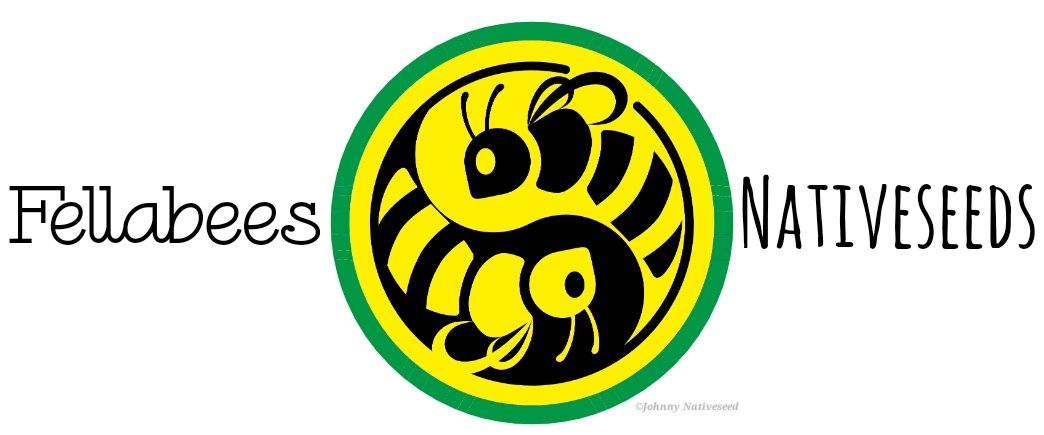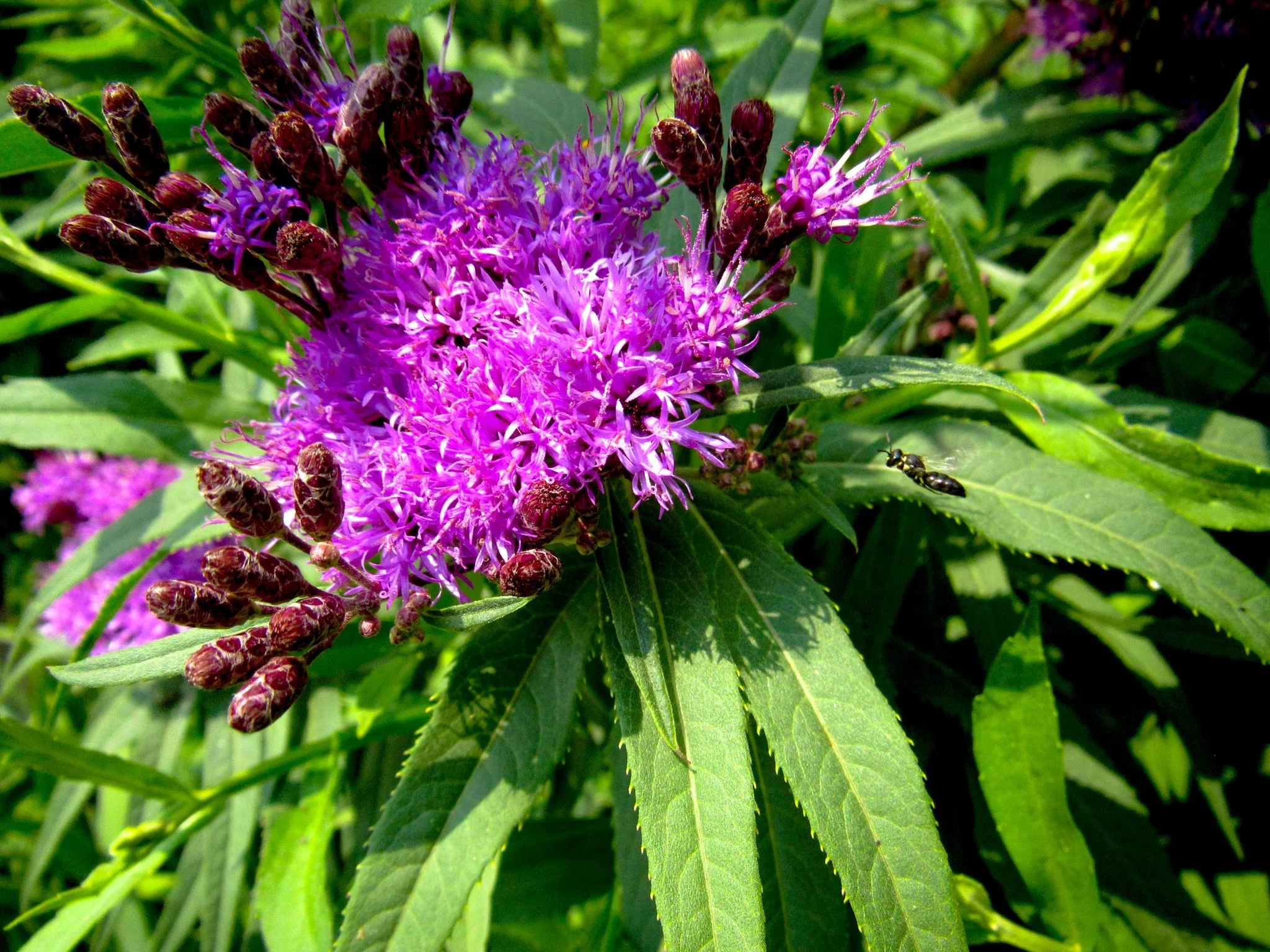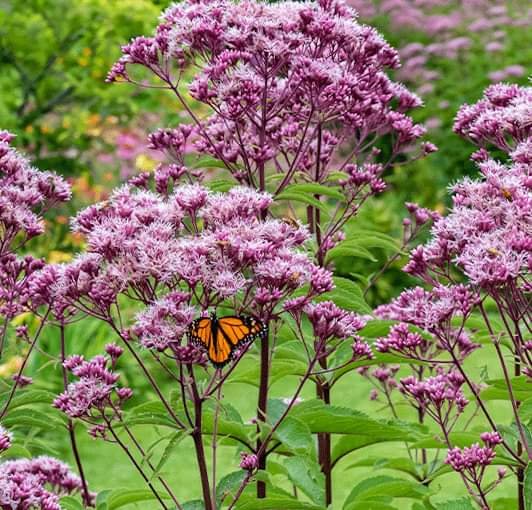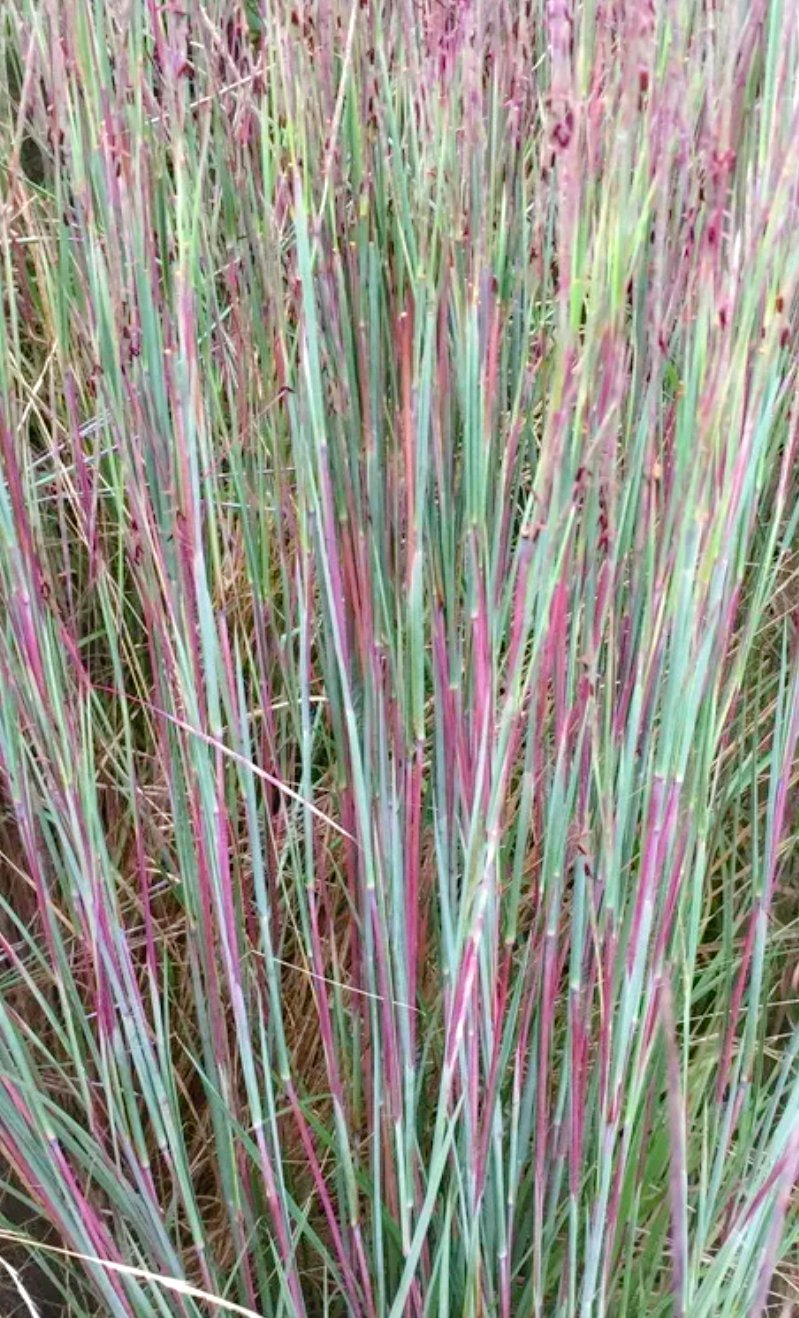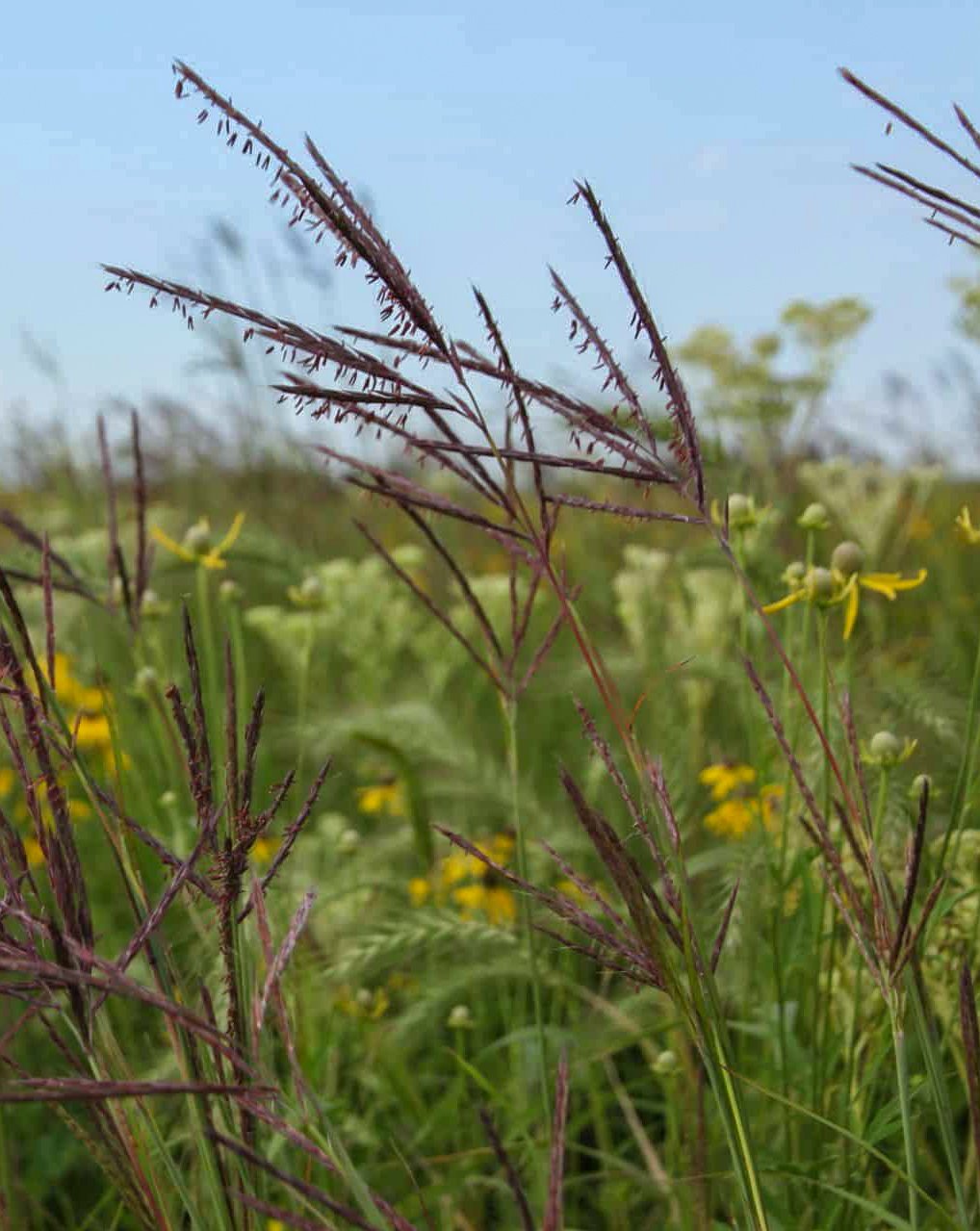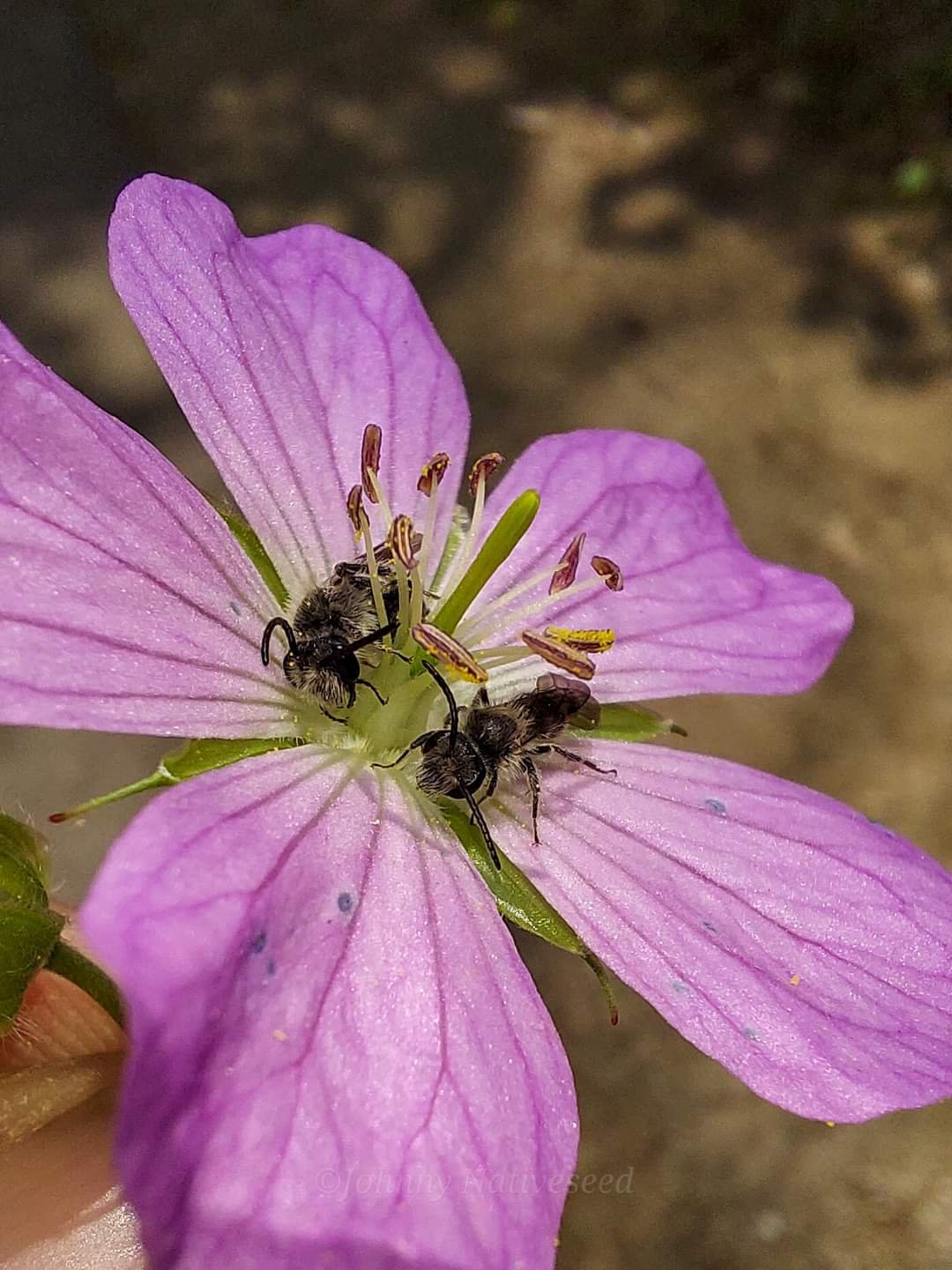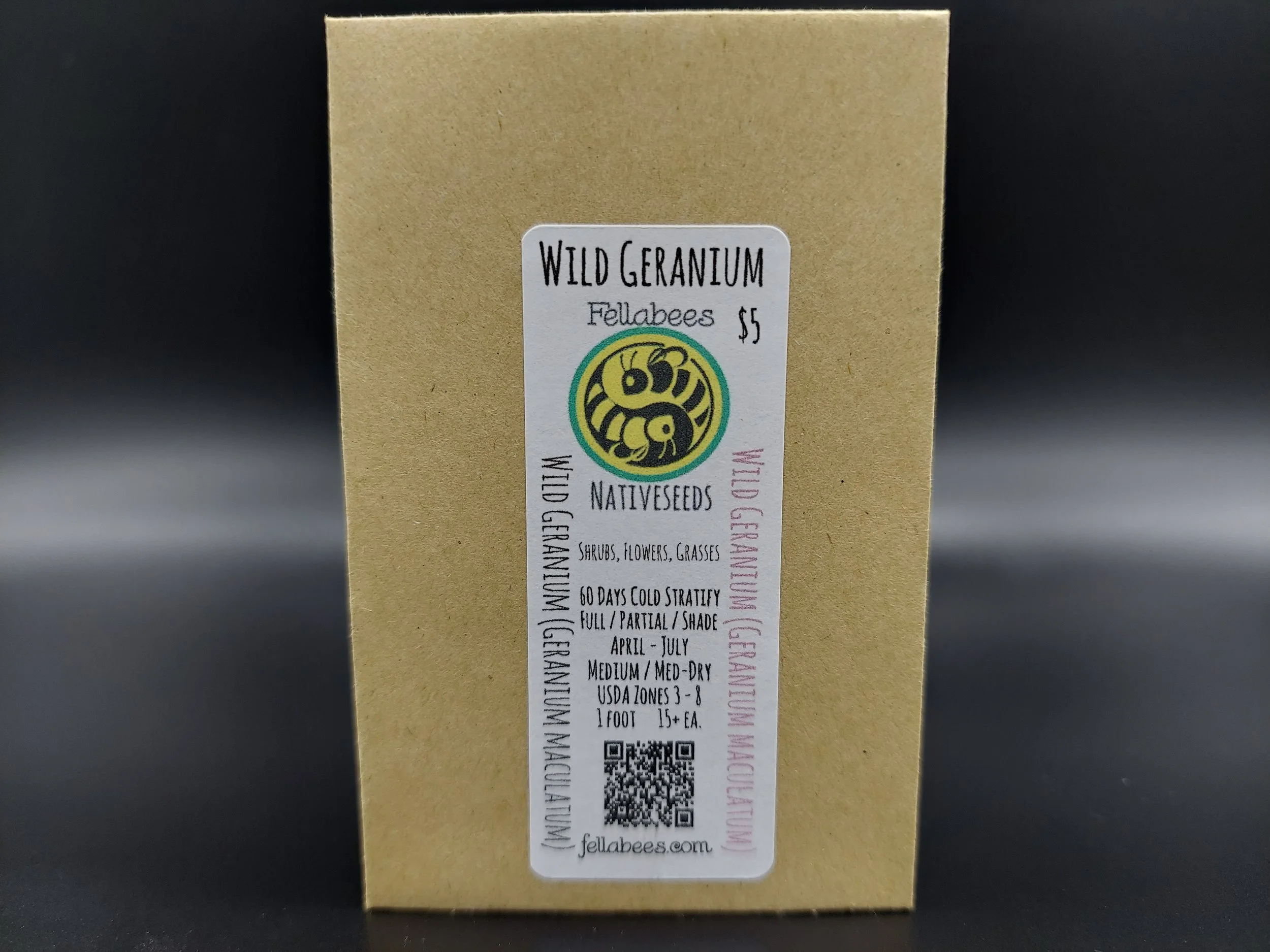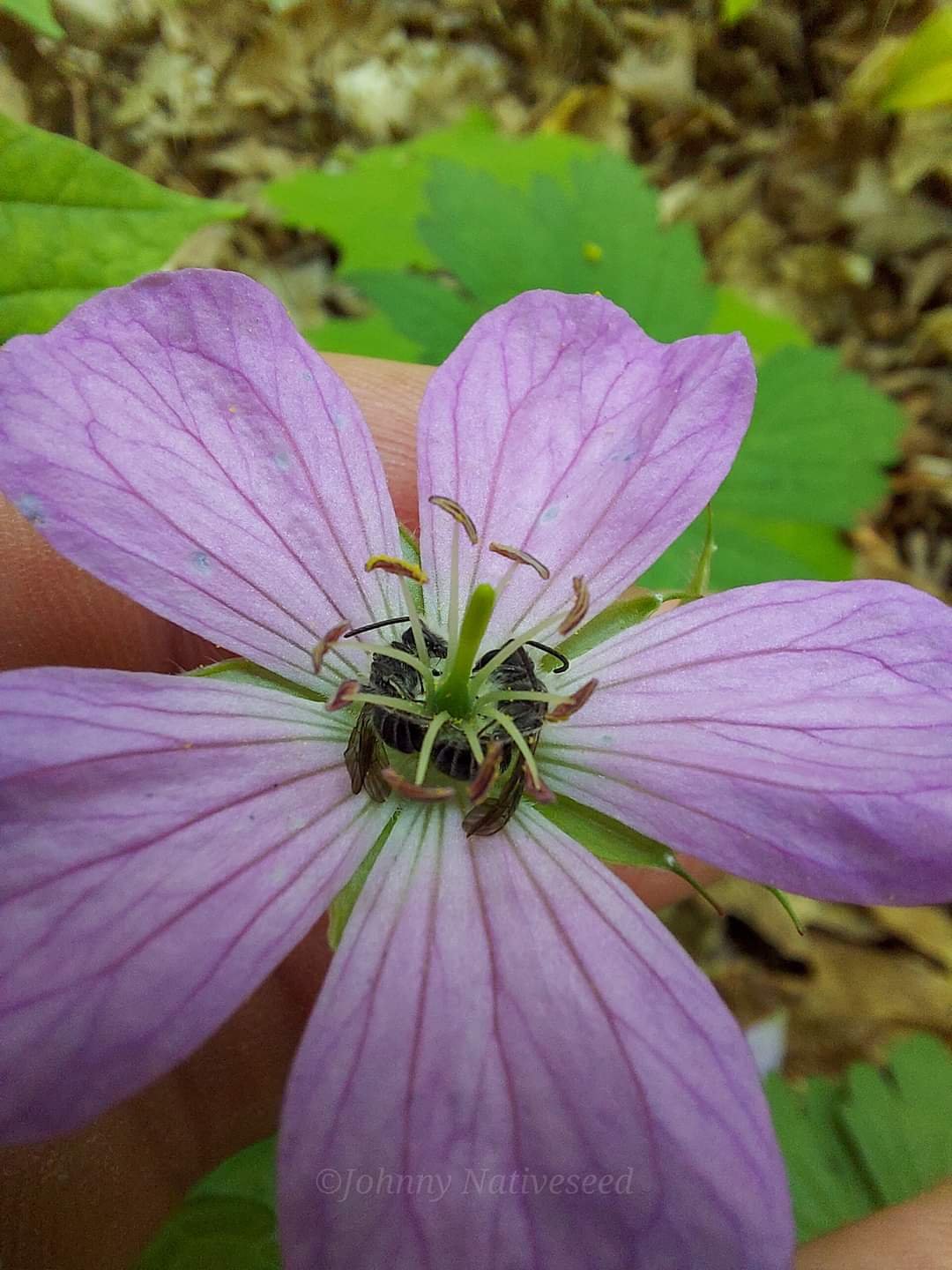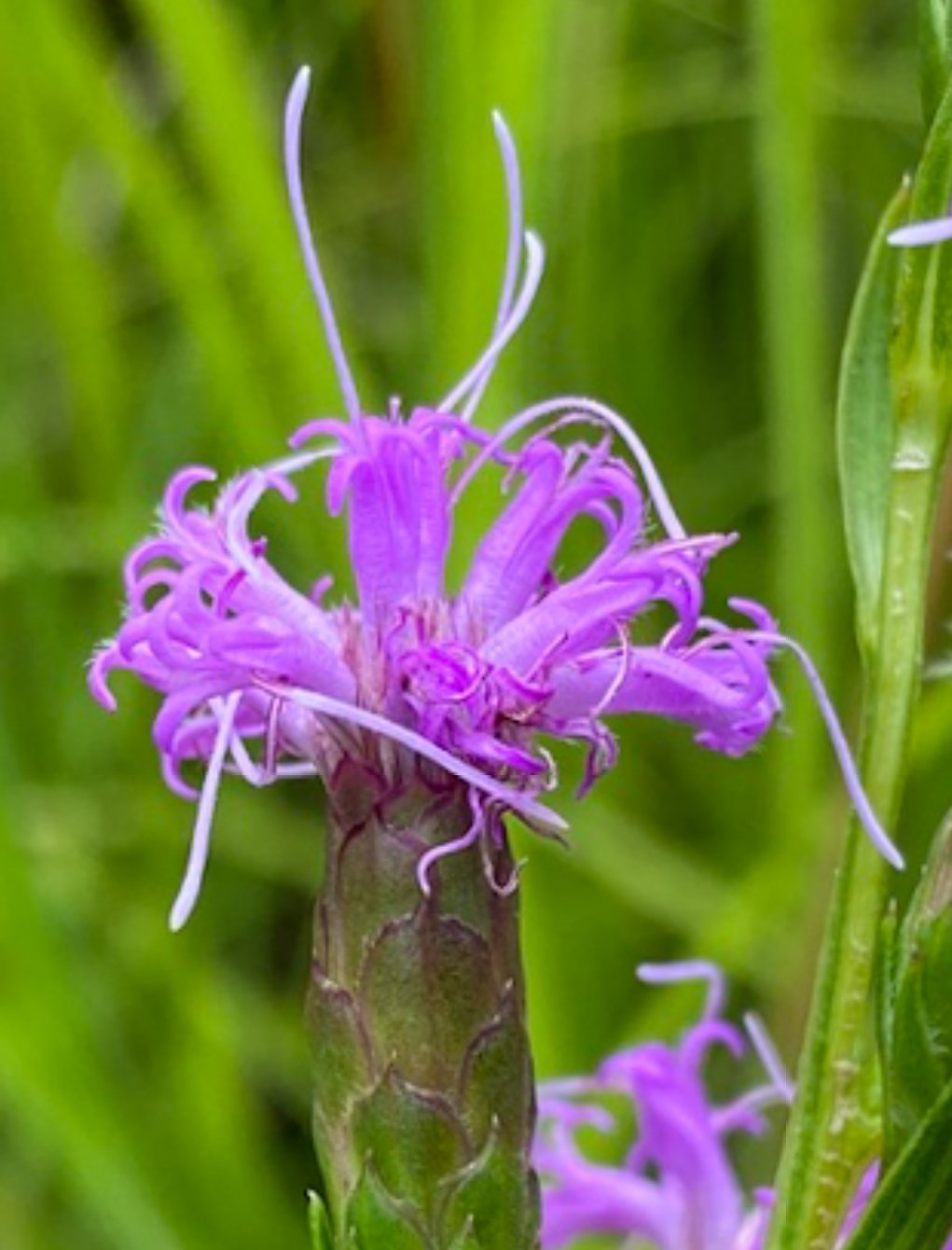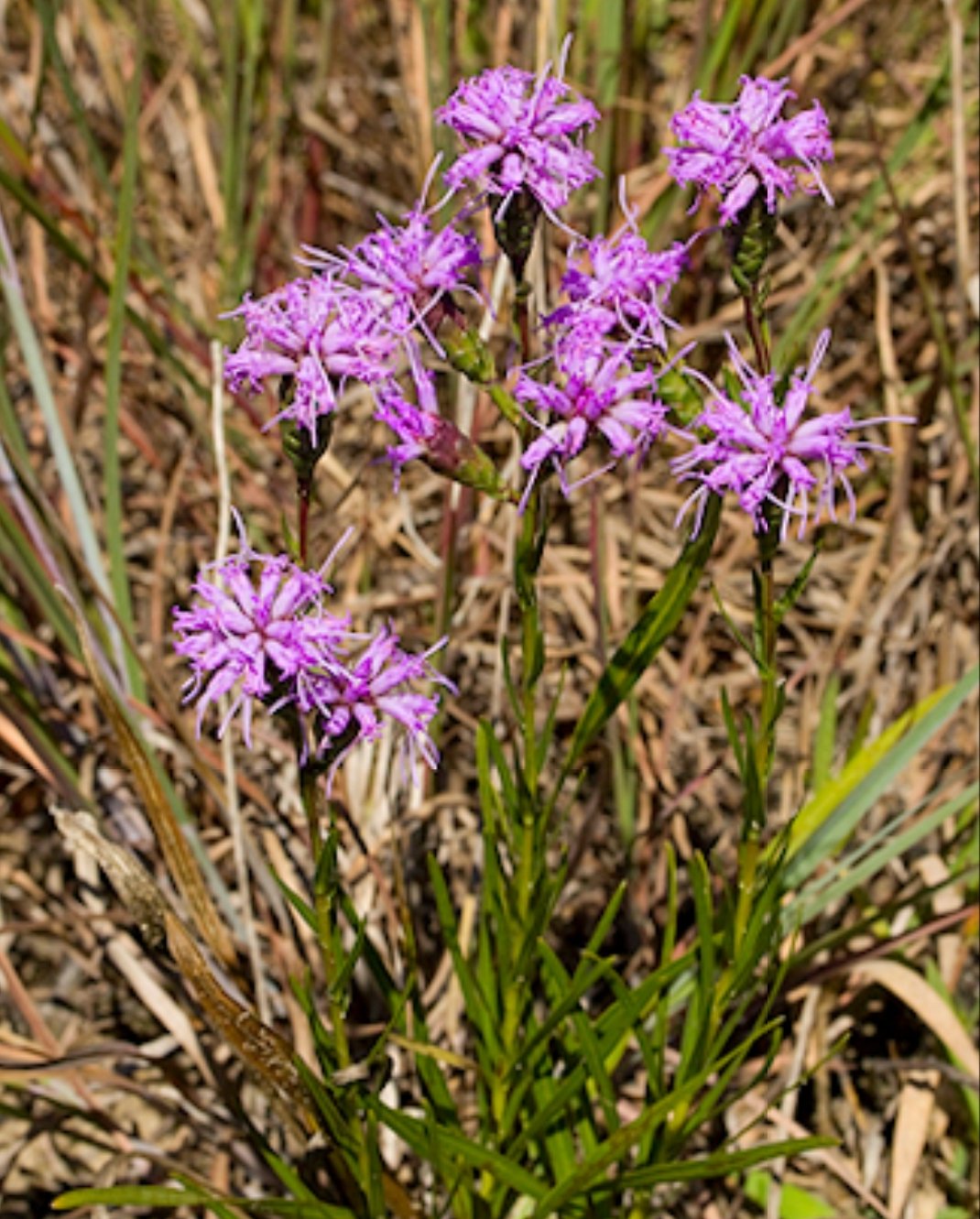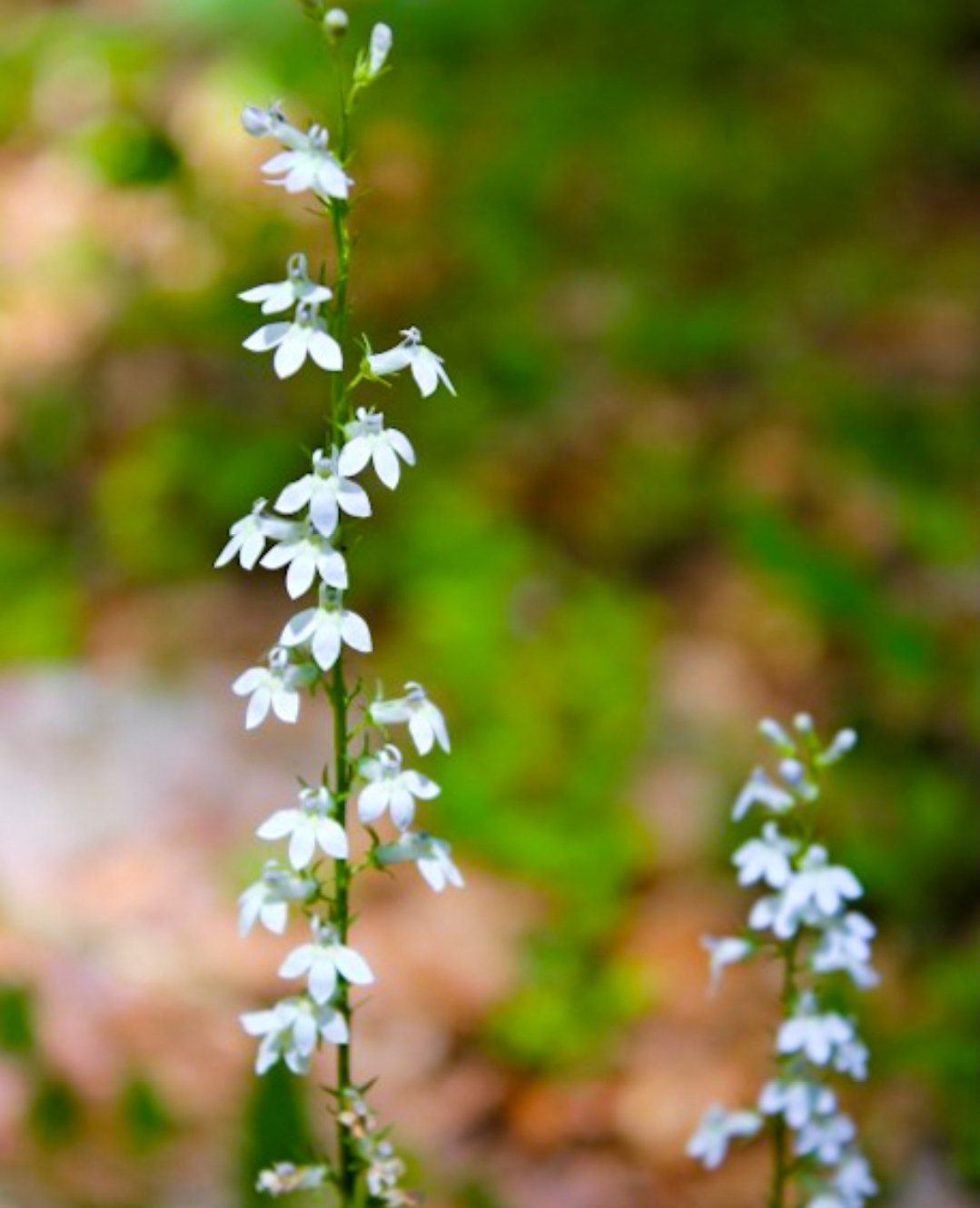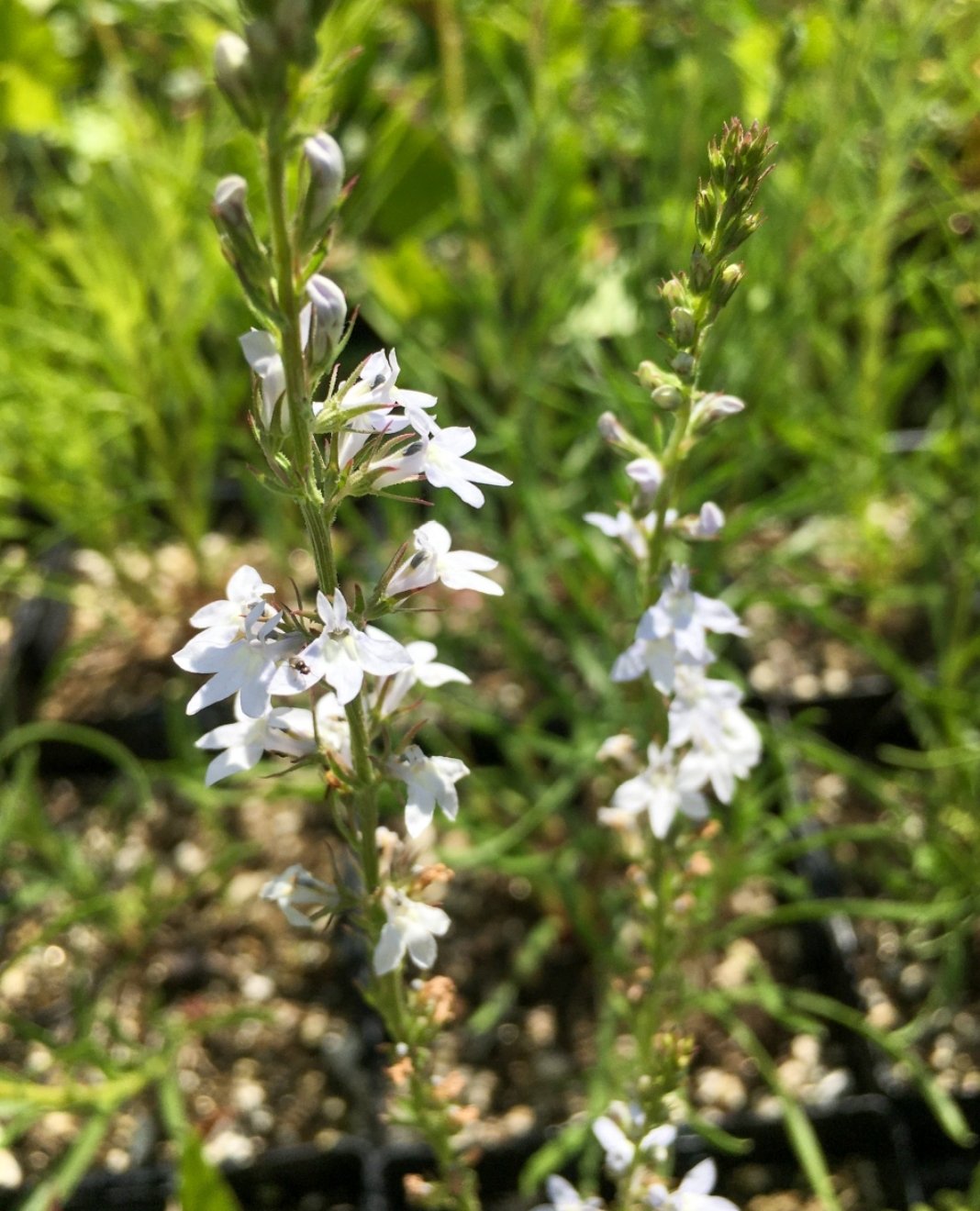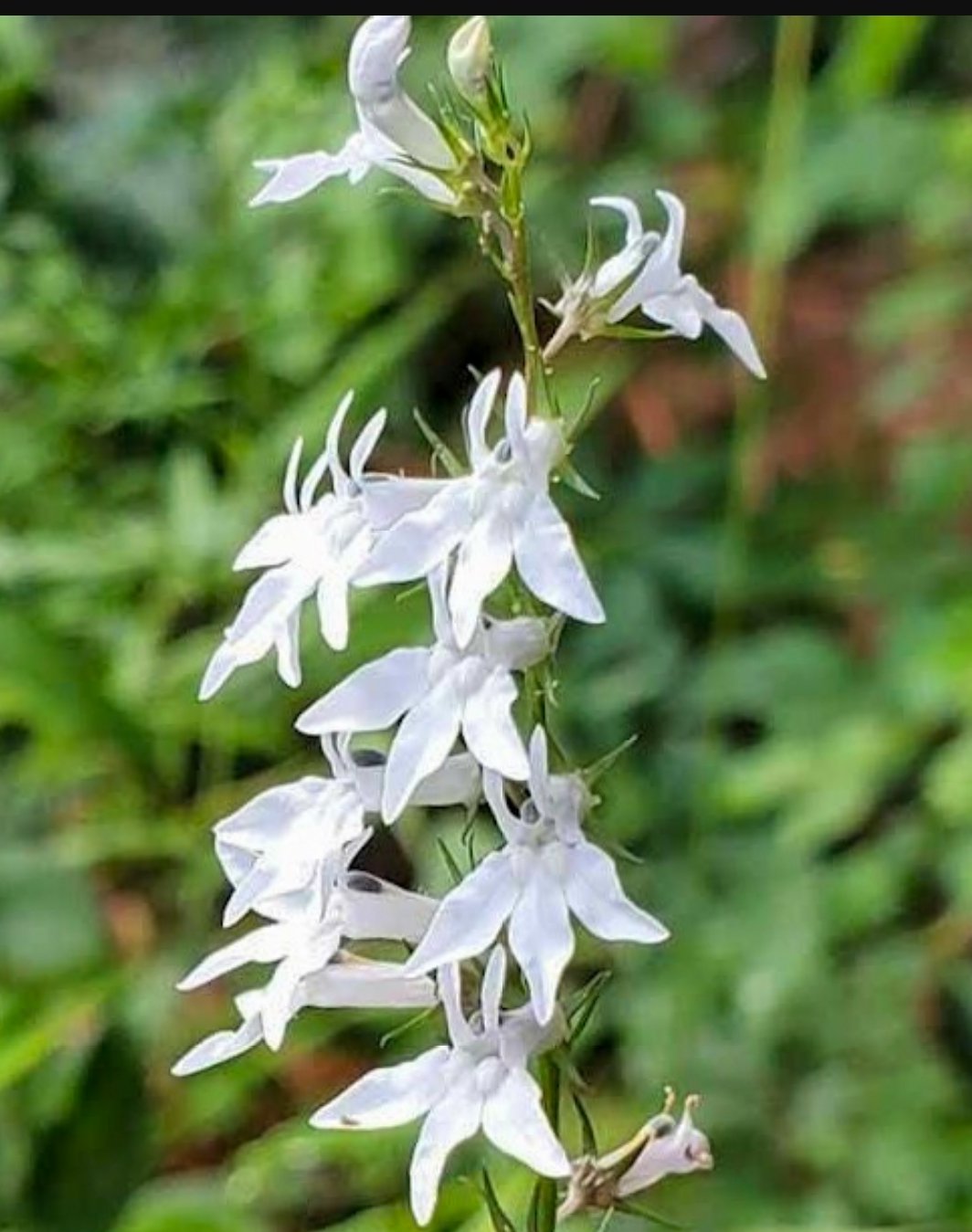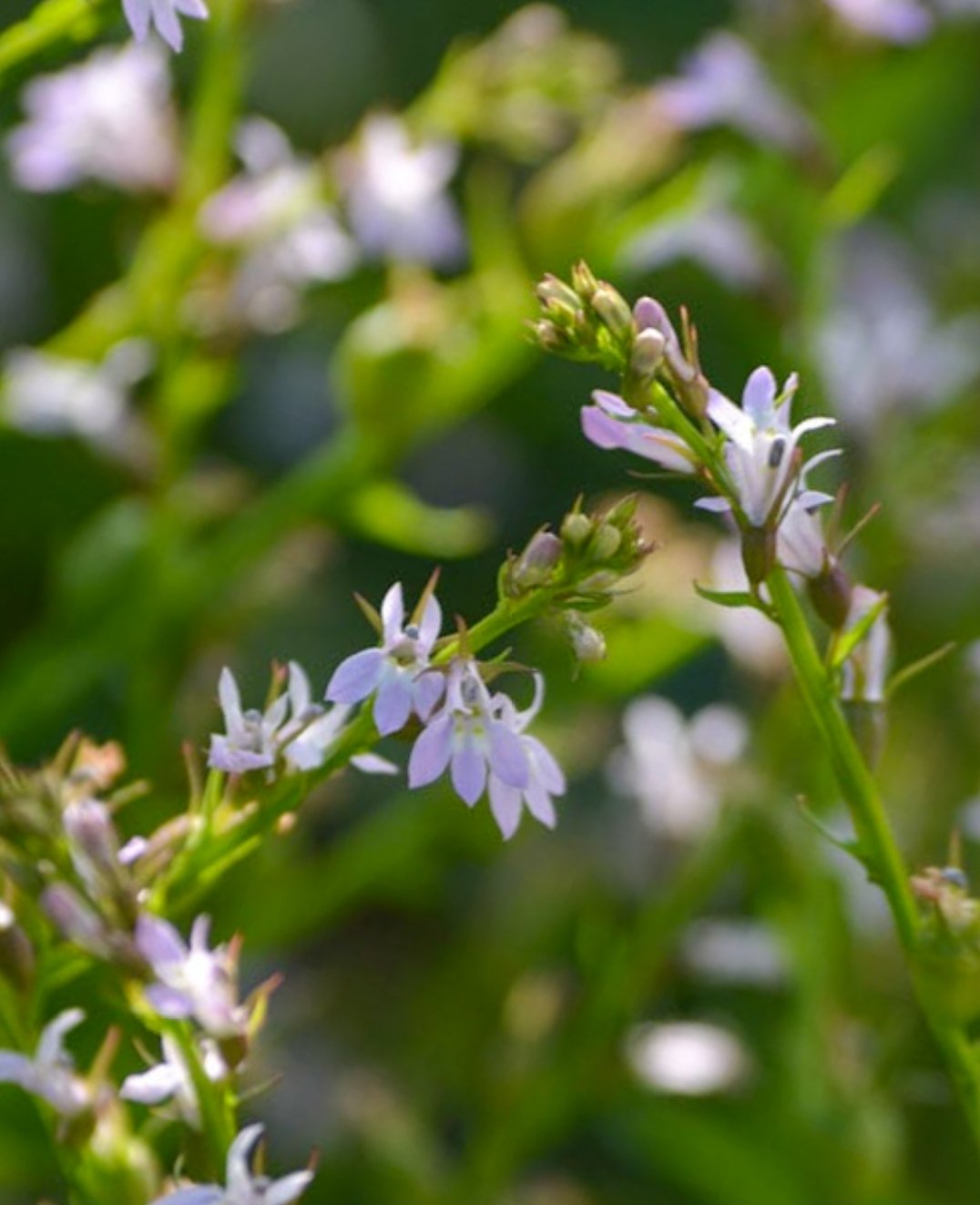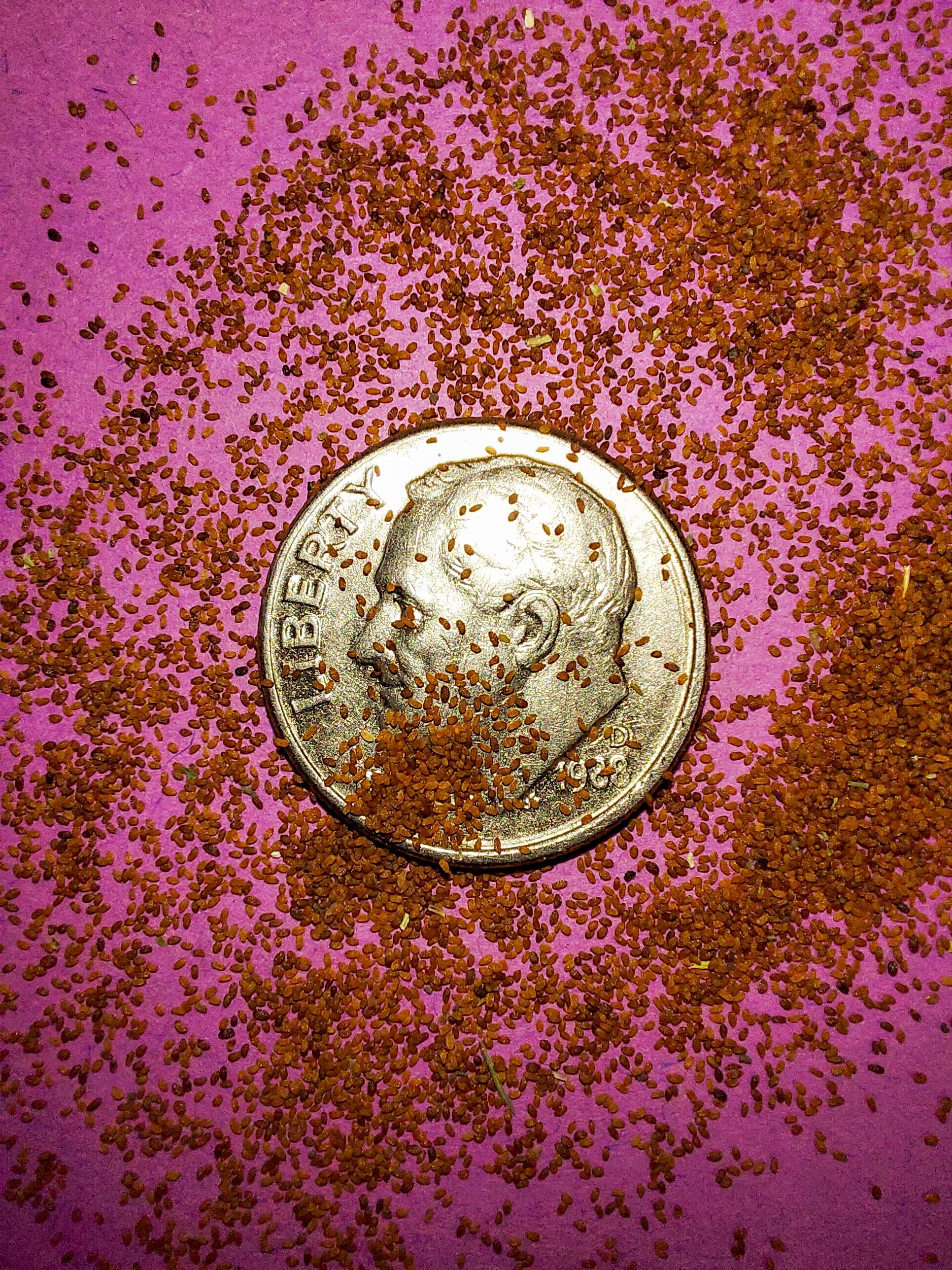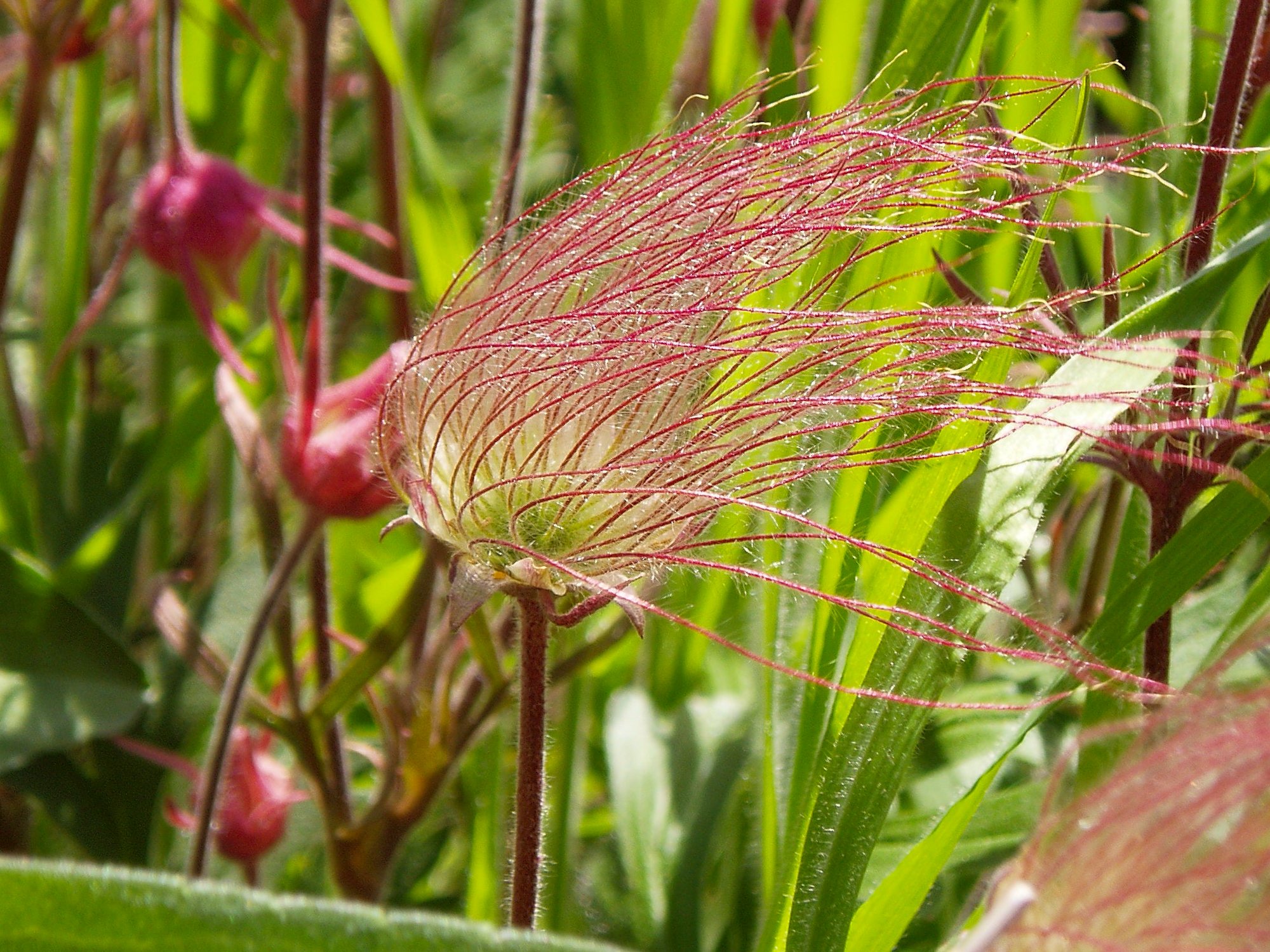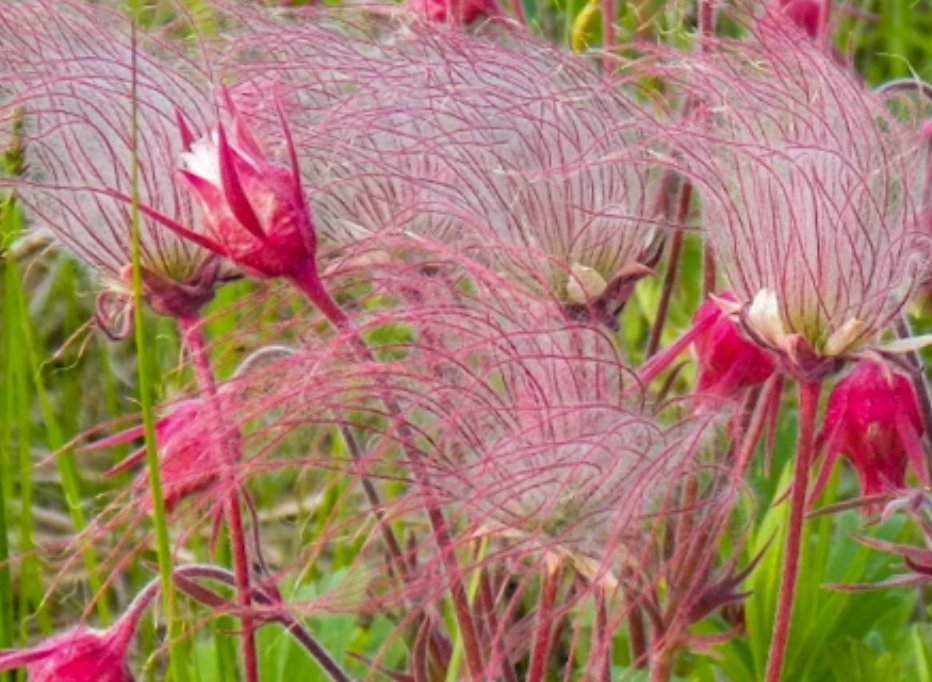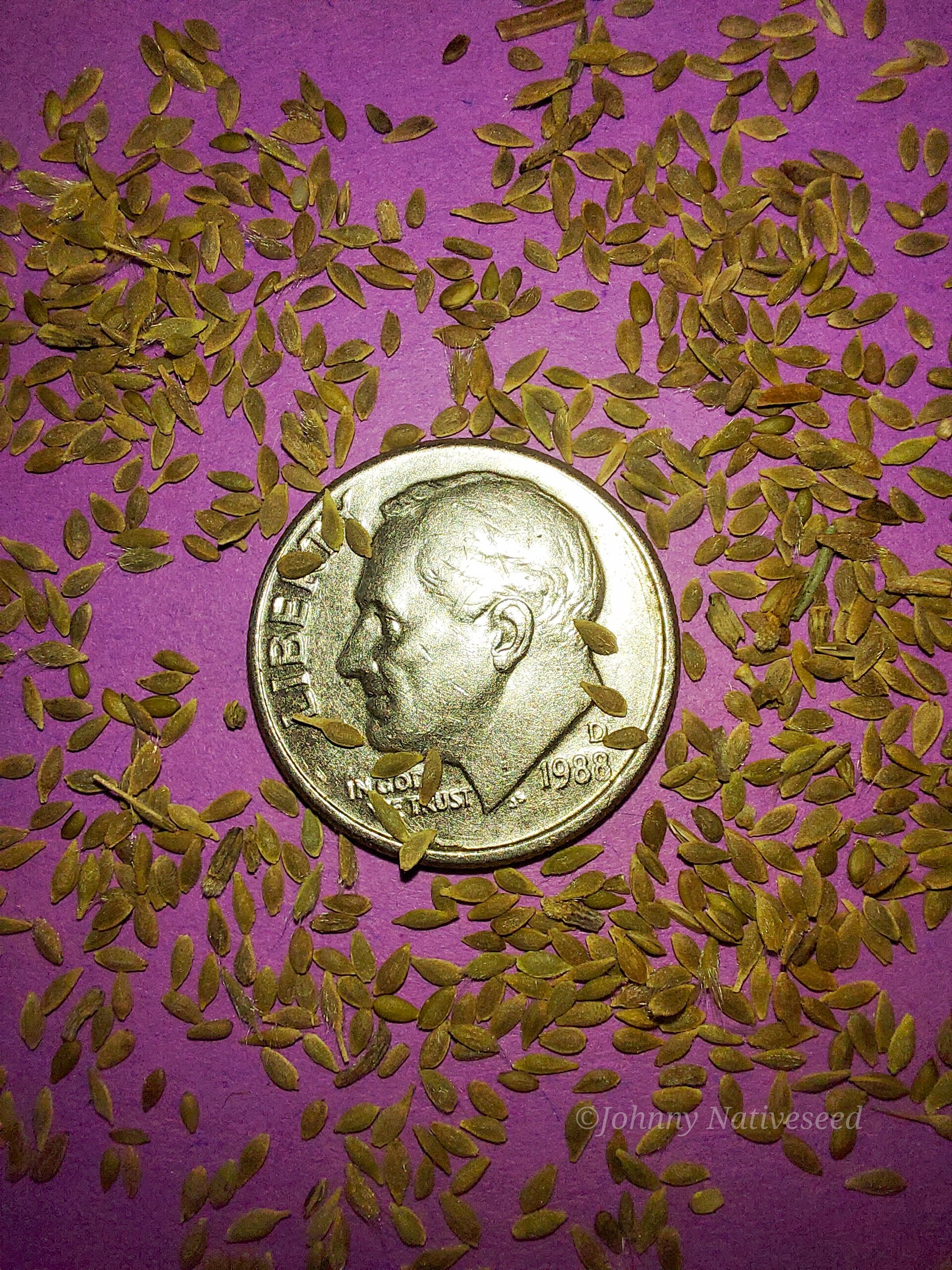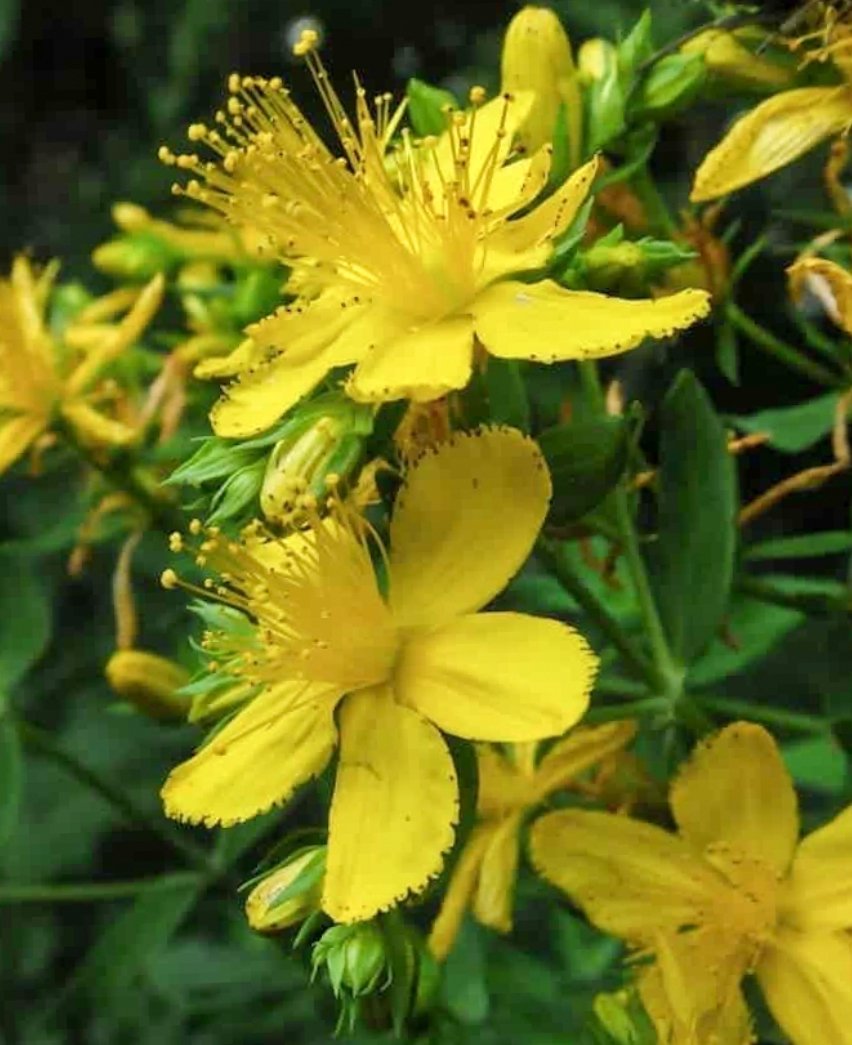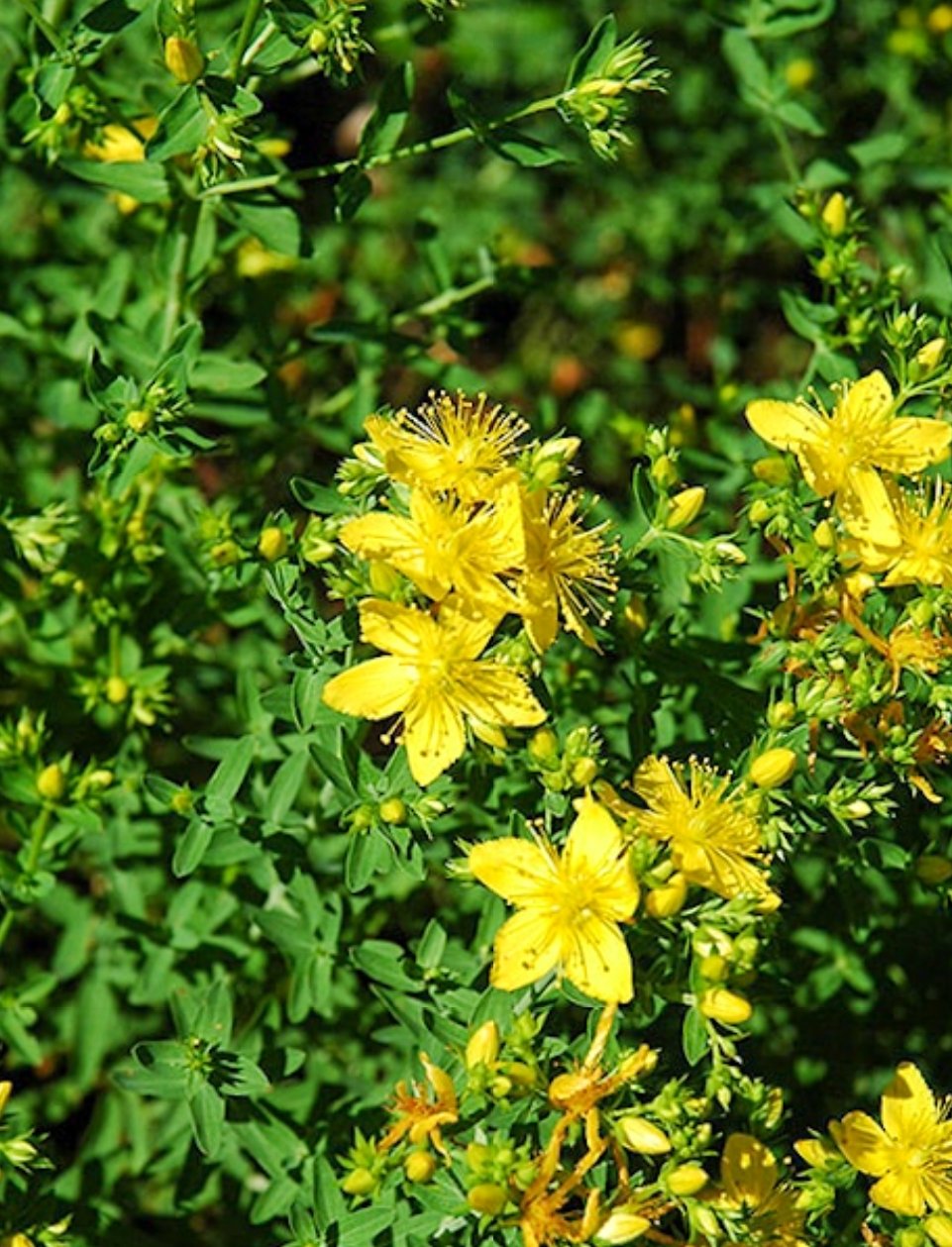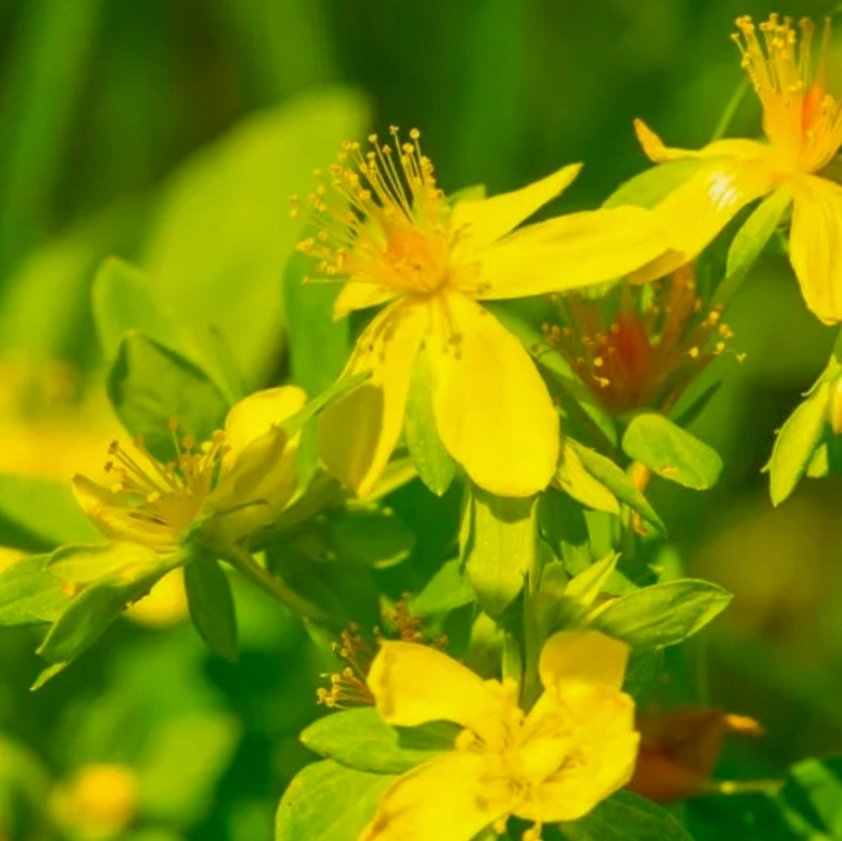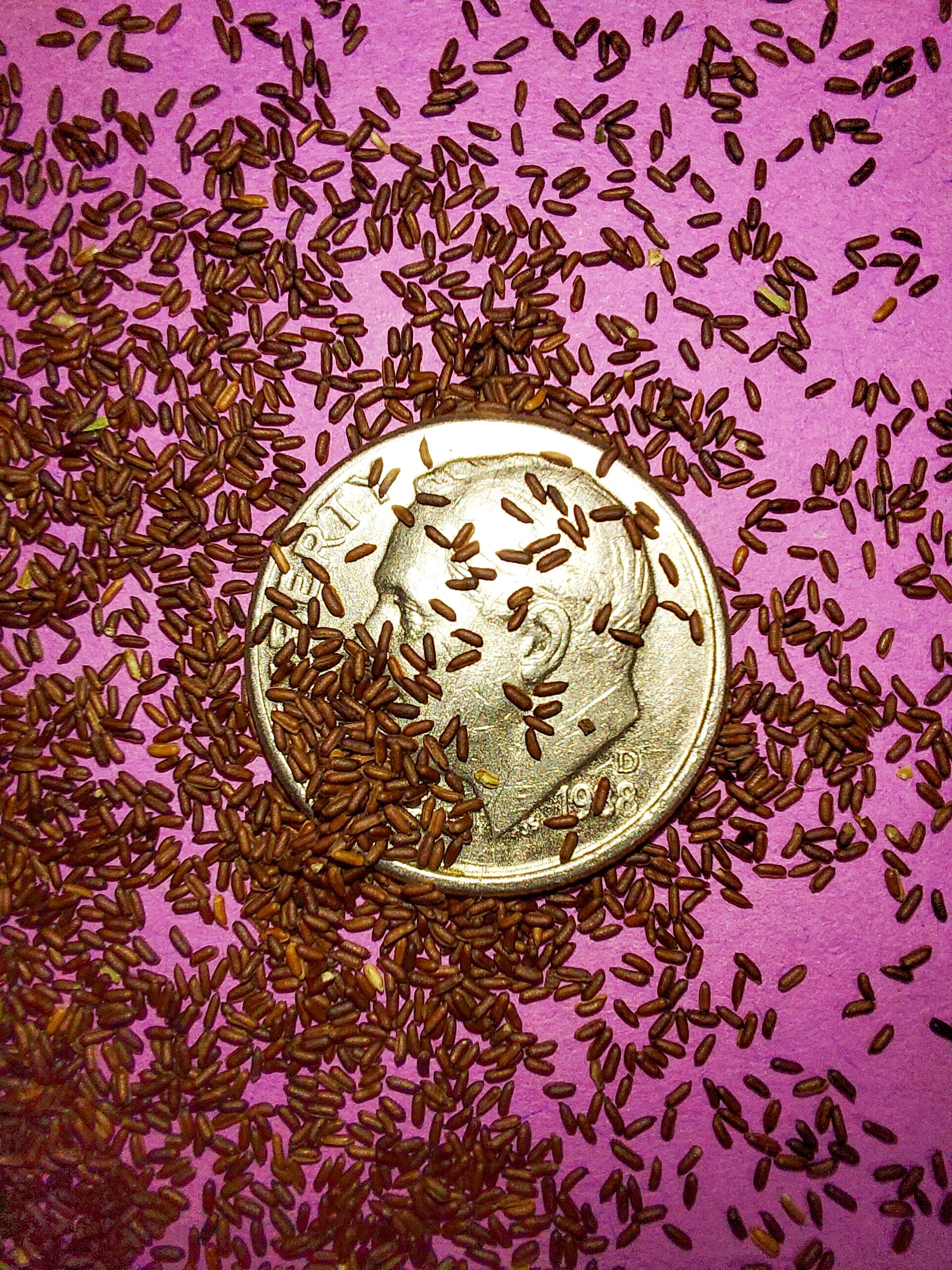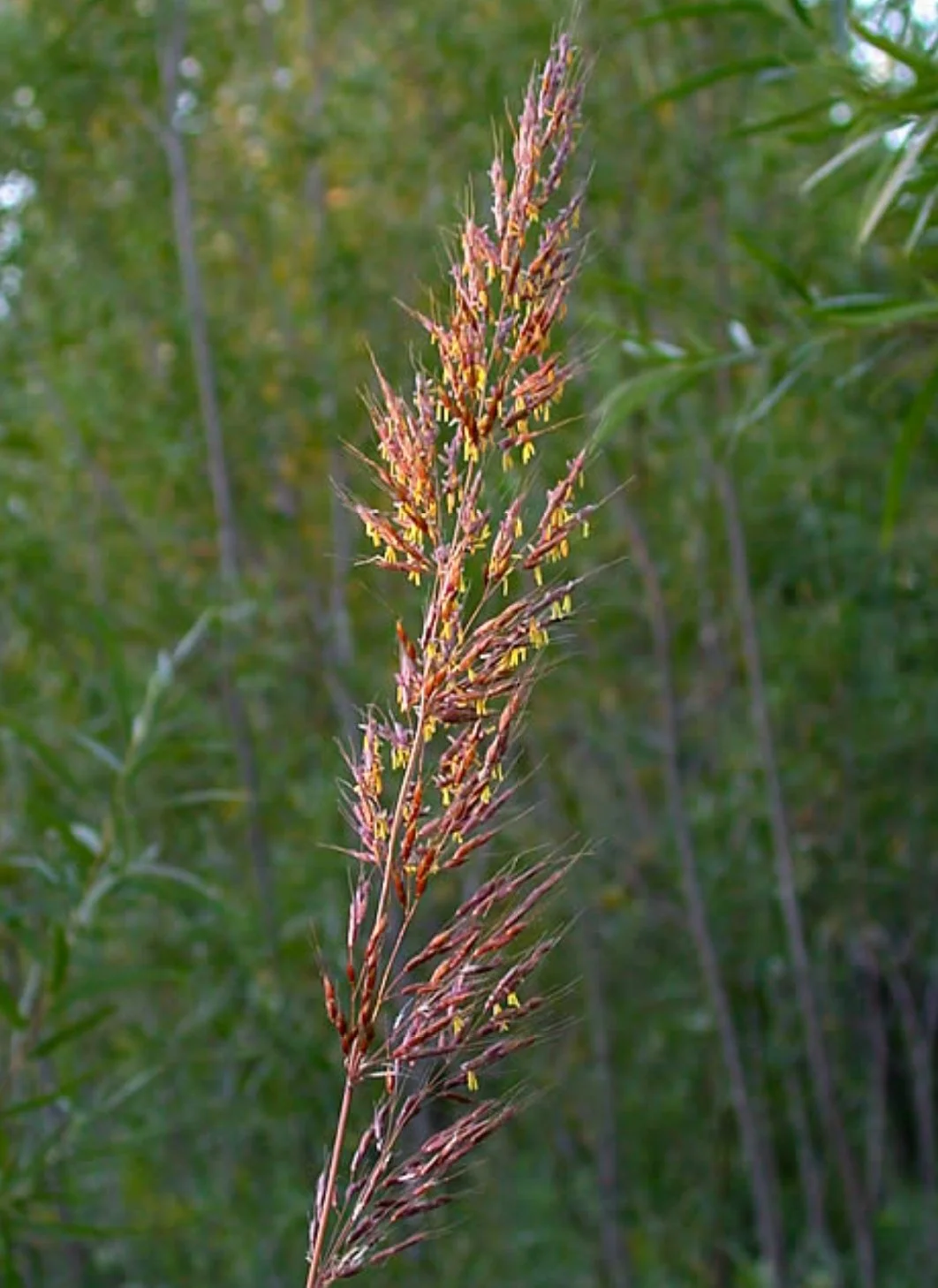 Image 1 of 5
Image 1 of 5

 Image 2 of 5
Image 2 of 5

 Image 3 of 5
Image 3 of 5

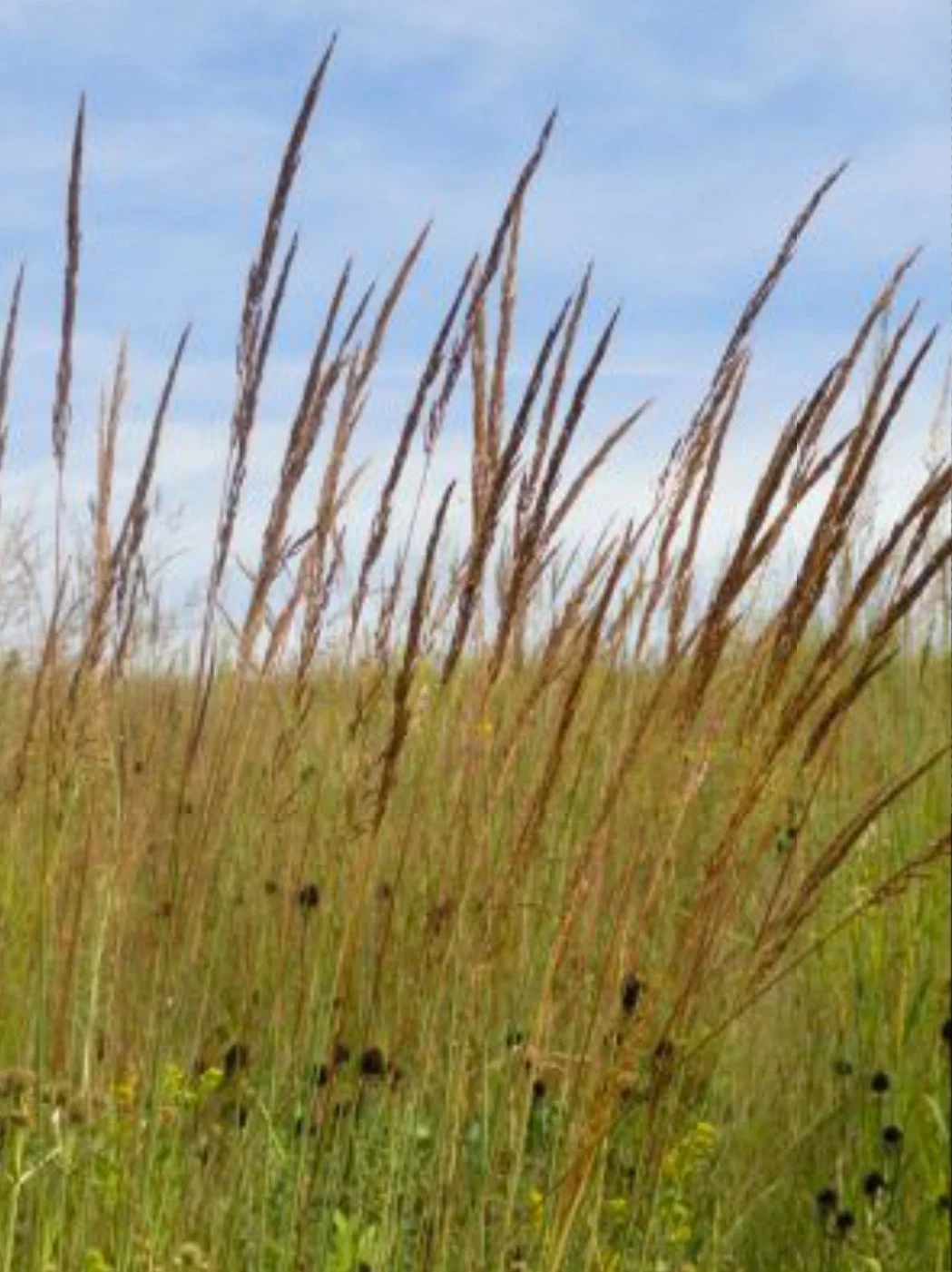 Image 4 of 5
Image 4 of 5

 Image 5 of 5
Image 5 of 5






Indian Grass (Sorghastrum nutans)
Indian Grass (Sorghastrum nutans)
Sorghastrum nutans is the scientific name for the grass species more commonly known as Indian Grass. This hardy and graceful native North American prairie grass is found throughout much of the United States and Canada, especially thriving in the Great Plains and tallgrass prairie regions. It is valued for its tall, golden-yellow flower stalks and is sometimes called Indiangrass, Yellow Indian-grass, or Wood Grass. Its presence contributes significantly to prairie ecosystems, providing essential habitat and food for various pollinators and wildlife.
Sorghastrum nutans is a dominant species in the tallgrass prairie ecosystem as well as in the northern, central, and Flint Hills tall grassland ecoregions. It thrives alongside other key grasses such as Big Bluestem (Andropogon gerardi), Little Bluestem (Schizachyrium scoparium), and Switchgrass (Panicum virgatum). Additionally, Indian Grass is commonly found in regions dominated by longleaf pine, highlighting its adaptability to various habitats.
This native grass is widespread across the United States, ranging from the southern border all the way north to Canada, and extending from the eastern seaboard westward to states like Montana, Wyoming, and Utah. Indian Grass has a remarkable ability to regrow vigorously after fires, which is why controlled burns are often employed. These burns replace the ecological functions of historically present large herbivores, such as bison, that have become locally extinct, helping to renew and maintain healthy prairie habitats.
Furthermore, Indian Grass serves an important ecological role as a larval host plant for butterfly species including the Pepper-and-salt Skipper and the Ottoe Skipper, supporting local pollinator populations.
Plant Details:
USDA Zones: 3-9
Germination Needs: Needs no special treatment
Life Cycle: Perennial
Sun Exposure: Full to Partial
Soil Moisture: Medium, Medium-Dry, Dry
Plant Spacing: 2-3 feet
Height: 6 feet
Bloom time: August, September
Bloom Color: Yellow/Green
Advantages:
Pollinator Favorite: butterflies, moths
Bird Favorite: seeds, insects, fruit, nectar, nesting, perchs.
Deer Resistant: Yes
Native to or present in: Wisconsin, Minnesota, Iowa, Illinois, Indiana, Michigan, Ohio, Pennsylvania, New York, Vermont, New Hampshire, Maine, Massachusetts, Rhode Island, Connecticut, Delaware, Maryland, New Jersey, West Virginia, Virginia, Kentucky, Tennessee, North Carolina, South Carolina, Georgia, Florida, Alabama, Mississippi, Louisiana, Arkansas, Missouri, Texas, Oklahoma, Kansas, Nebraska, South Dakota, North Dakota, Montana, Utah, New Mexico and California.
This species is considered present but rare in several counties of the states of Vermont, Maine, Rhode Island and Montana.
Seed Count: 25+
.
.
Packet quantities:
We pride ourselves on ethical, hands on, ecological management, using no mechanical or chemical methods whatsoever.
All of our native seed is hand reared, hand-picked, and hand packed from native prairies under our exclusive management, never breaking chain of custody from the field until it is sent to you. Each packet is hand prepared for shipment by us, directly.
Small seed species will contain greater than 20-25 seed
Large seed species will contain greater than 10-15 seed
All packets are individually marked at the bottom of the front label with expected count, however most if not all packets will have many more than the minimum count by default.
It is our mission to spread the wealth of native plant and pollinator ecological sustainability and educate back yard gardeners as well as corporate and government entities in how to germinate, grow, and benefit from native synergies.
Thank you for your support, it is because of you, that we can grow together to do, what we do. 🐛🦋🐝🐞🌾🌱🌼🧡
Indian Grass (Sorghastrum nutans)
Sorghastrum nutans is the scientific name for the grass species more commonly known as Indian Grass. This hardy and graceful native North American prairie grass is found throughout much of the United States and Canada, especially thriving in the Great Plains and tallgrass prairie regions. It is valued for its tall, golden-yellow flower stalks and is sometimes called Indiangrass, Yellow Indian-grass, or Wood Grass. Its presence contributes significantly to prairie ecosystems, providing essential habitat and food for various pollinators and wildlife.
Sorghastrum nutans is a dominant species in the tallgrass prairie ecosystem as well as in the northern, central, and Flint Hills tall grassland ecoregions. It thrives alongside other key grasses such as Big Bluestem (Andropogon gerardi), Little Bluestem (Schizachyrium scoparium), and Switchgrass (Panicum virgatum). Additionally, Indian Grass is commonly found in regions dominated by longleaf pine, highlighting its adaptability to various habitats.
This native grass is widespread across the United States, ranging from the southern border all the way north to Canada, and extending from the eastern seaboard westward to states like Montana, Wyoming, and Utah. Indian Grass has a remarkable ability to regrow vigorously after fires, which is why controlled burns are often employed. These burns replace the ecological functions of historically present large herbivores, such as bison, that have become locally extinct, helping to renew and maintain healthy prairie habitats.
Furthermore, Indian Grass serves an important ecological role as a larval host plant for butterfly species including the Pepper-and-salt Skipper and the Ottoe Skipper, supporting local pollinator populations.
Plant Details:
USDA Zones: 3-9
Germination Needs: Needs no special treatment
Life Cycle: Perennial
Sun Exposure: Full to Partial
Soil Moisture: Medium, Medium-Dry, Dry
Plant Spacing: 2-3 feet
Height: 6 feet
Bloom time: August, September
Bloom Color: Yellow/Green
Advantages:
Pollinator Favorite: butterflies, moths
Bird Favorite: seeds, insects, fruit, nectar, nesting, perchs.
Deer Resistant: Yes
Native to or present in: Wisconsin, Minnesota, Iowa, Illinois, Indiana, Michigan, Ohio, Pennsylvania, New York, Vermont, New Hampshire, Maine, Massachusetts, Rhode Island, Connecticut, Delaware, Maryland, New Jersey, West Virginia, Virginia, Kentucky, Tennessee, North Carolina, South Carolina, Georgia, Florida, Alabama, Mississippi, Louisiana, Arkansas, Missouri, Texas, Oklahoma, Kansas, Nebraska, South Dakota, North Dakota, Montana, Utah, New Mexico and California.
This species is considered present but rare in several counties of the states of Vermont, Maine, Rhode Island and Montana.
Seed Count: 25+
.
.
Packet quantities:
We pride ourselves on ethical, hands on, ecological management, using no mechanical or chemical methods whatsoever.
All of our native seed is hand reared, hand-picked, and hand packed from native prairies under our exclusive management, never breaking chain of custody from the field until it is sent to you. Each packet is hand prepared for shipment by us, directly.
Small seed species will contain greater than 20-25 seed
Large seed species will contain greater than 10-15 seed
All packets are individually marked at the bottom of the front label with expected count, however most if not all packets will have many more than the minimum count by default.
It is our mission to spread the wealth of native plant and pollinator ecological sustainability and educate back yard gardeners as well as corporate and government entities in how to germinate, grow, and benefit from native synergies.
Thank you for your support, it is because of you, that we can grow together to do, what we do. 🐛🦋🐝🐞🌾🌱🌼🧡
